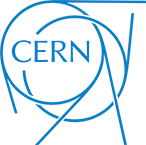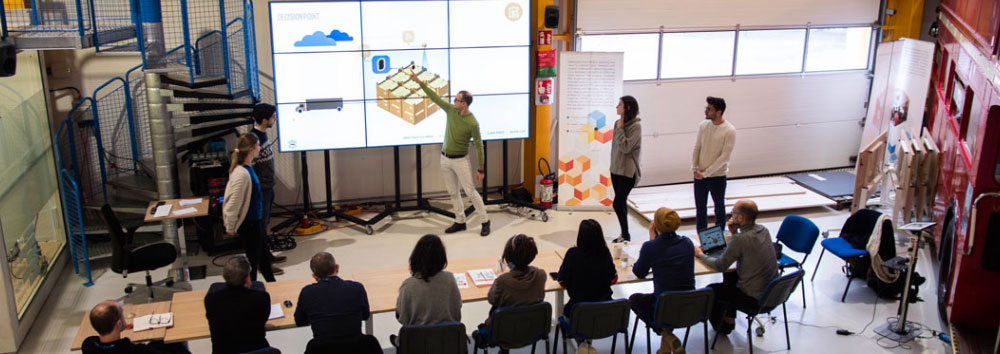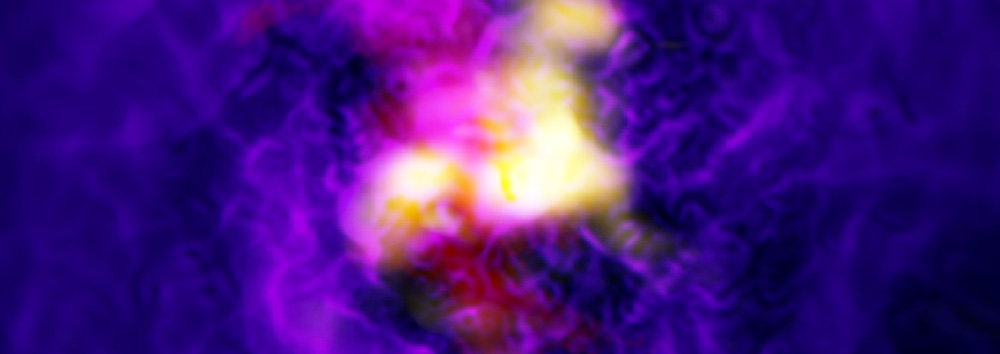The LHCb collaboration at CERN has seen, for the first time, the matter–antimatter asymmetry known as CP violation in a particle dubbed the D0 meson. The finding, presented today at the annual Rencontres de Moriondconference and in a dedicated CERN seminar, is sure to make it into the textbooks of particle physics.
“The result is a milestone in the history of particle physics. Ever since the discovery of the D meson more than 40 years ago, particle physicists have suspected that CP violation also occurs in this system, but it was only now, using essentially the full data sample collected by the experiment, that the LHCb collaboration has finally been able to observe the effect,” said CERN Director for Research and Computing, Eckhard Elsen.
The term CP refers to the transformation that swaps a particle with the mirror image of its antiparticle. The weak interactions of the Standard Model of particle physics are known to induce a difference in the behaviour of some particles and of their CP counterparts, an asymmetry known as CP violation. The effect was first observed in the 1960s at Brookhaven Laboratory in the US in particles called neutral K mesons, which contain a “strange quark”, and, in 2001, experiments at the SLAC laboratory in the US and the KEK laboratory in Japan also observed the phenomenon in neutral B mesons, which contain a “bottom quark”. These findings led to the attribution of two Nobel prizes in physics, one in 1980 and another in 2008.

About CERN
Founded in 1954, CERN is the European laboratory for particle physics. Sitting astride the Franco-Swiss border near Geneva, it was one of Europe’s first joint ventures and now has 22 member states. CERN operates a unique range of particle accelerators that enable research into the fundamental particles and laws of the Universe, including the Large Hadron Collider (LHC), the largest scientific instrument on Earth. The 60-year history of CERN is marked with impressive achievements in the construction and operation of powerful linear and circular accelerators. Moreover, CERN offers unique infrastructures for the development of the most sensitive particle detectors in the world, including the four main LHC detectors – ATLAS, CMS, ALICE and LHCb. General-purpose test beam lines provide beams of electrons, muons and hadrons in a very wide energy range for testing the detectors used in the LHC and in its major upgrade, the High-Luminosity LHC, as well as in future colliders and in neutrino experiments.
© CERN The LHCb collaboration at CERN has seen, for the first time, the matter–antimatter asymmetry known as CP violation in a particle dubbed the D0 meson. The finding, presented today at the annual Rencontres de Moriondconference and in a dedicated CERN seminar, is sure to make it into the textbooks of particle physics. “The result is a milestone […]



